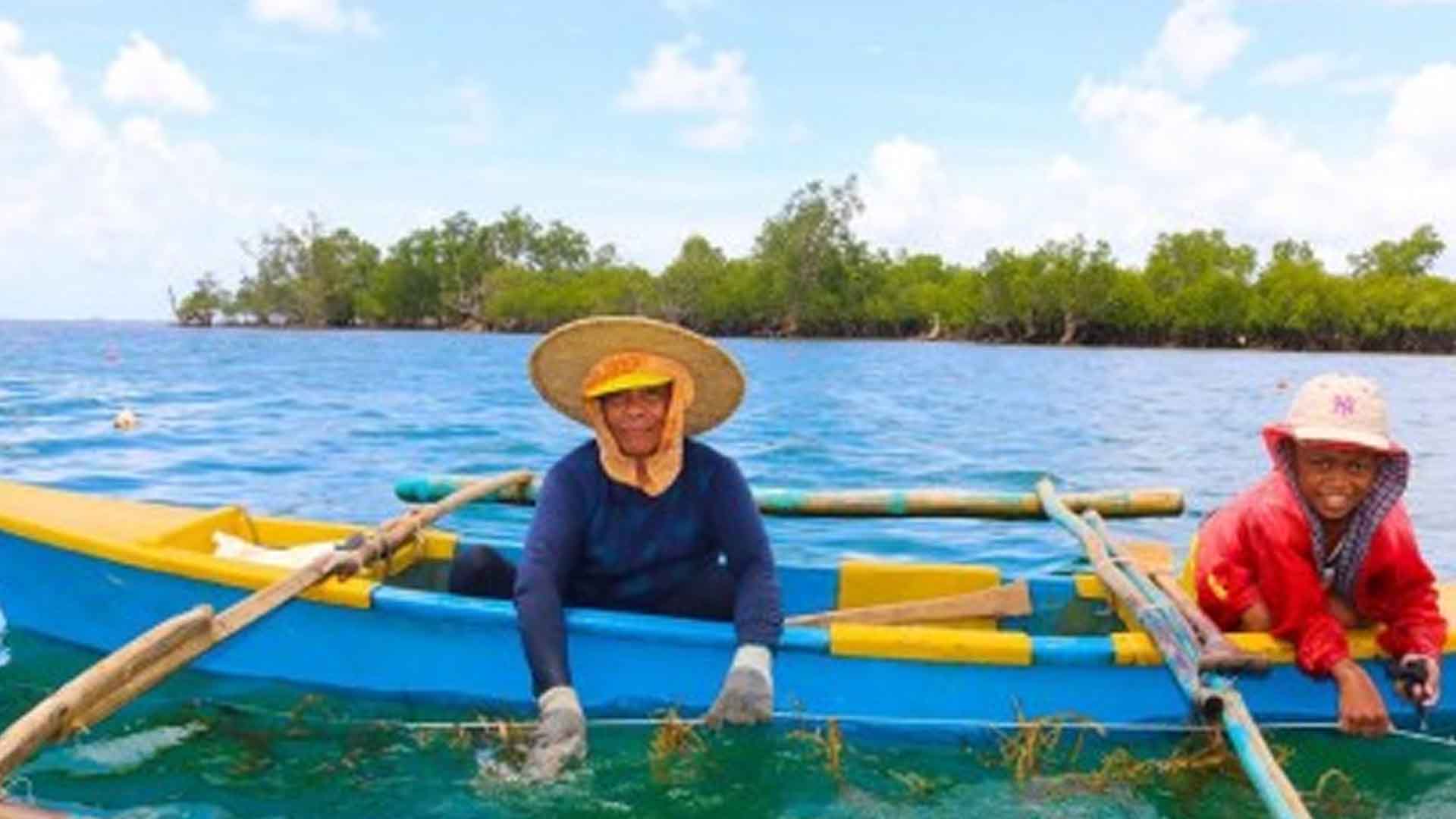A shellfish ban is up in three bays in Eastern Visayas due to the presence of red tide toxins in coastal waters, the Bureau of Fisheries and Aquatic Resources (BFAR) said on Tuesday.
In its alert, BFAR informed the public that red tide toxins were found in Cancabato Bay in Tacloban City; Matarinao Bay stretching across the towns of General MacArthur, Hernani, Quinapondan, and Salcedo in Eastern Samar; and Carigara Bay in Leyte.
Through initial tests, BFAR found the toxins present in both seawater and shellfish meat beyond the regulatory limit, said regional director Juan Albaladejo in a phone interview.
The maximum regulatory limit of toxins is 60 micrograms for every 100 grams of shellfish meat. Above that, the government strictly prohibits shellfish harvesting in affected areas.
Albaladejo said the prevailing weather condition in Eastern Visayas contributed to the recurring red tide phenomenon in these bays.
“Long dry out period then sudden downpour produces series of upwelling moving the sediments laden with cyst stages of red tide microorganisms and exposing it high densities organic matter causing red blooms. If areas previously have episodes of red tide occurrence, there’s a likelihood that these natural events will recur,” Albaladejo said.
To safeguard human lives, the BFAR has issued the red tide alert as precautionary advice to the public to refrain from gathering, selling, and eating all types of shellfish.
The fisheries bureau also banned the trading and consumption of Acetes sp. locally known as “alamang” harvested from the bay to avoid possible poisoning.
Local government units are advised to regulate gathering, marketing, and transporting of shellfish in infested areas.
Fish, squid, shrimp, and crab are safe to eat “provided that they are fresh and washed thoroughly and internal organs such as gills and intestines are removed before cooking”, BFAR said.
Red tide is a term used to describe a phenomenon where the water is discolored by high algal biomass or the concentration of algae. (PNA)







